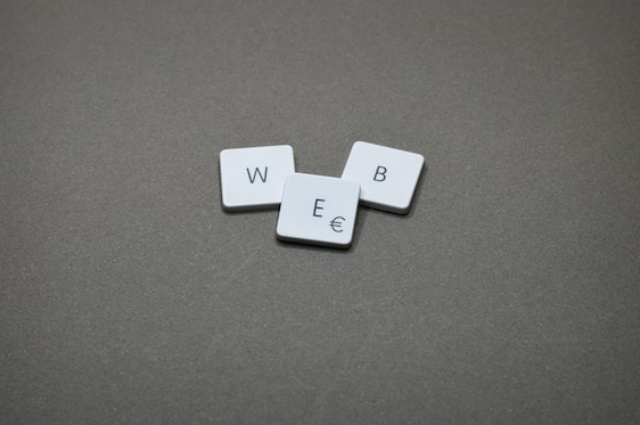
The internet has undergone several iterations, each accompanied by a new set of technological advancements and innovations. Web3 technology is the latest iteration, also known as the decentralized web, and it represents a fundamental shift in the way we interact with the internet.
Web3 technology is all about creating a decentralized internet that is not controlled by any single entity. It is a network of interconnected systems that are built on blockchain technology, enabling users to have more control over their data and online interactions.
The idea behind Web3 technology is to create an internet that is more transparent, secure, and democratic. It is meant to provide users with more privacy and control over their personal information while also promoting the development of decentralized applications and services.
In this article, we will discuss Web3 technology, how it works, and the benefits it offers.
What is Web3 technology?
Web3 technology refers to the next iteration of the internet, where the internet is decentralized, and the power is distributed among its users rather than being controlled by a central authority. In essence, Web3 technology is a collection of decentralized technologies that work together to create a more open, transparent, and secure internet.
One of the primary components of Web3 technology is the blockchain, which is essentially a decentralized ledger that records and validates transactions. The blockchain is a tamper-proof and secure way to store data, and it provides a transparent and immutable record of all transactions that have occurred on the network.
Another critical component of Web3 technology is smart contracts. Smart contracts are self-executing contracts that automatically enforce the rules and regulations specified in the contract. Smart contracts are coded on the blockchain and are executed automatically when certain conditions are met.
Web3 technology also includes decentralized applications (dApps), which are applications built on the blockchain. Unlike traditional applications, dApps are not controlled by a single entity and are open source, transparent, and accessible to everyone.
How does Web3 technology work?
Web3 technology works by creating a network of interconnected systems that are built on decentralized technologies such as the blockchain. These systems are designed to be transparent, secure, and democratic, enabling users to have more control over their data and online interactions.
At the core of Web3 technology is the blockchain, which is a decentralized ledger that records and validates transactions. The blockchain is a tamper-proof and secure way to store data, and it provides a transparent and immutable record of all transactions that have occurred on the network.
Smart contracts are also a critical component of Web3 technology. Smart contracts are self-executing contracts that automatically enforce the rules and regulations specified in the contract. Smart contracts are coded on the blockchain and are executed automatically when certain conditions are met.
Decentralized applications (dApps) are another important aspect of Web3 technology. dApps are built on the blockchain and are open source, transparent, and accessible to everyone. Unlike traditional applications, dApps are not controlled by a single entity, making them more democratic and less prone to censorship.
Benefits of Web3 technology
Web3 technology offers several benefits over traditional internet technologies. Some of the most significant benefits of Web3 technology include:
- Increased privacy and security: One of the most significant benefits of Web3 technology is increased privacy and security. With Web3 technology, users have more control over their data and are less susceptible to data breaches and hacks. The blockchain is a tamper-proof and secure way to store data, and smart contracts help enforce the rules and regulations of online transactions.
- More democratic and transparent: Web3 technology is also more democratic and transparent than traditional internet technologies. With Web3 technology, there is no central authority controlling the network, and users have more control over their online interactions. Decentralized applications (dApps) are open source and accessible to everyone, making them more democratic and less prone to censorship.
In conclusion, Web3 technology represents a significant shift in the way we interact with the internet. By creating a more decentralized and democratic internet, Web3 technology offers increased privacy, security, and transparency for users. The blockchain, smart contracts, and decentralized applications (dApps) are all critical components of Web3 technology that work together to create a more open and secure internet. As Web3 technology continues to evolve, we can expect to see more innovations and advancements that will further enhance the decentralized internet experience. Overall, Web3 technology represents an exciting and promising future for the internet, where users have more control and power over their online interactions.
